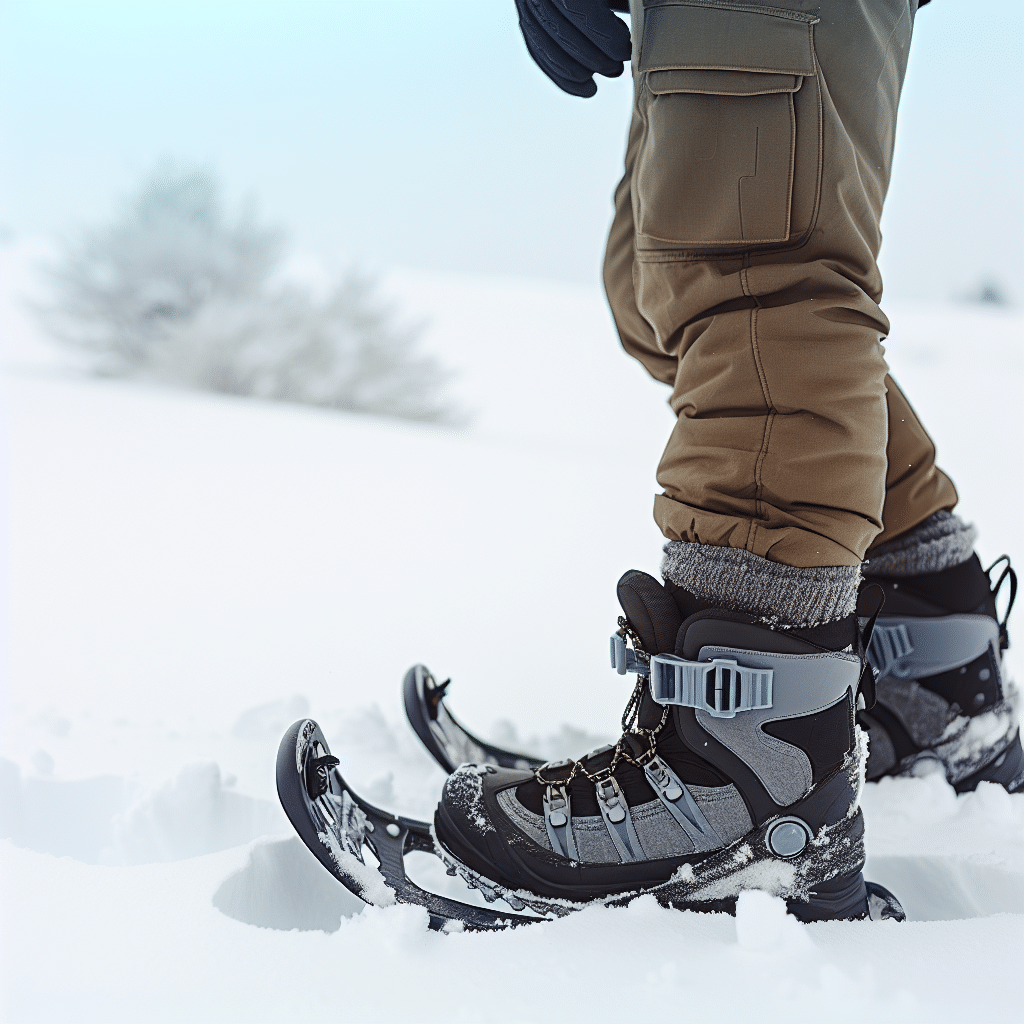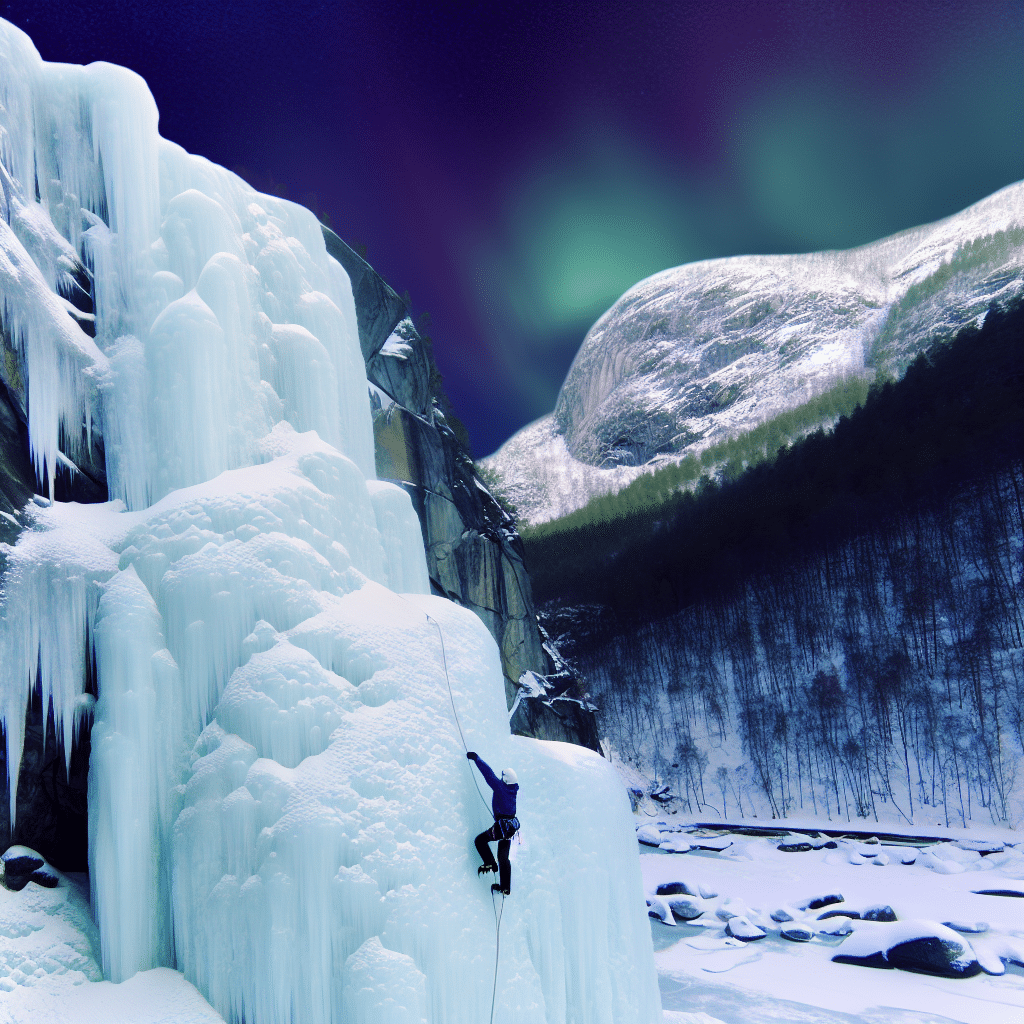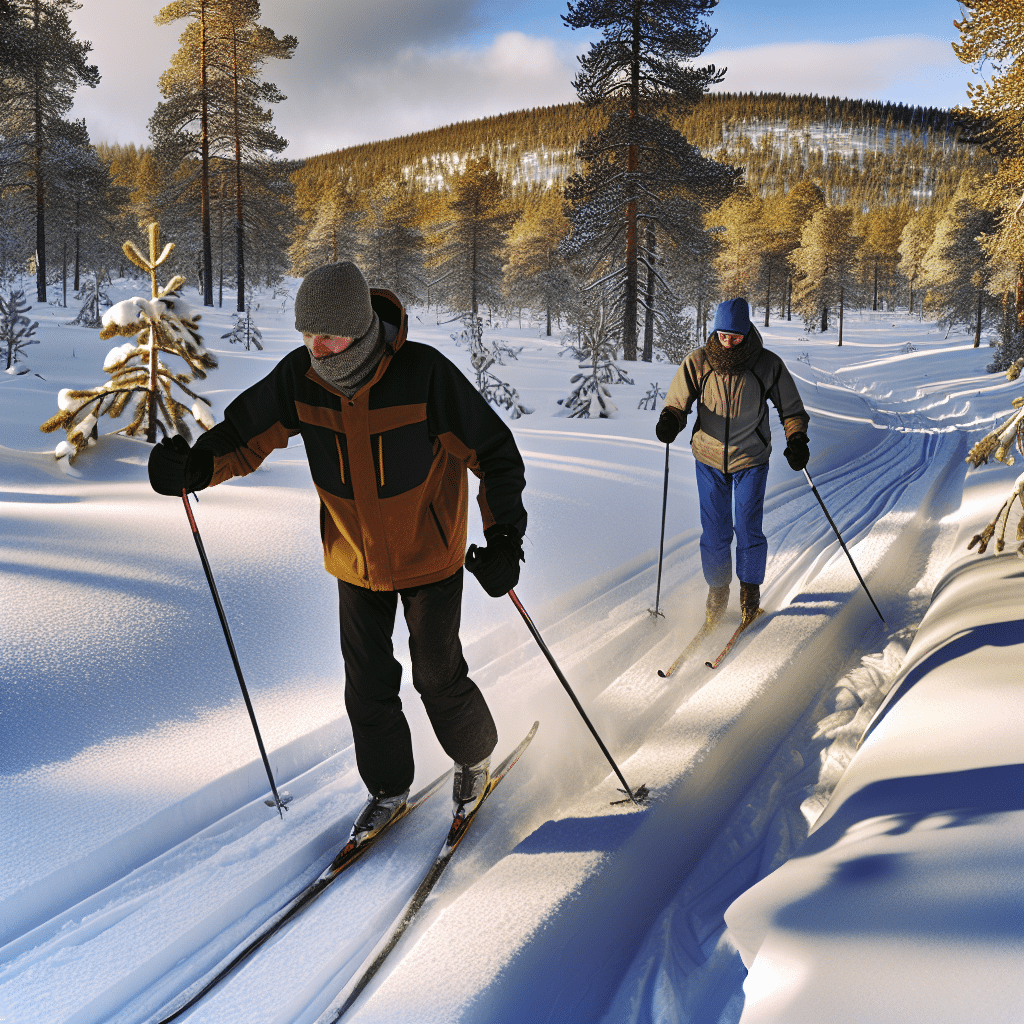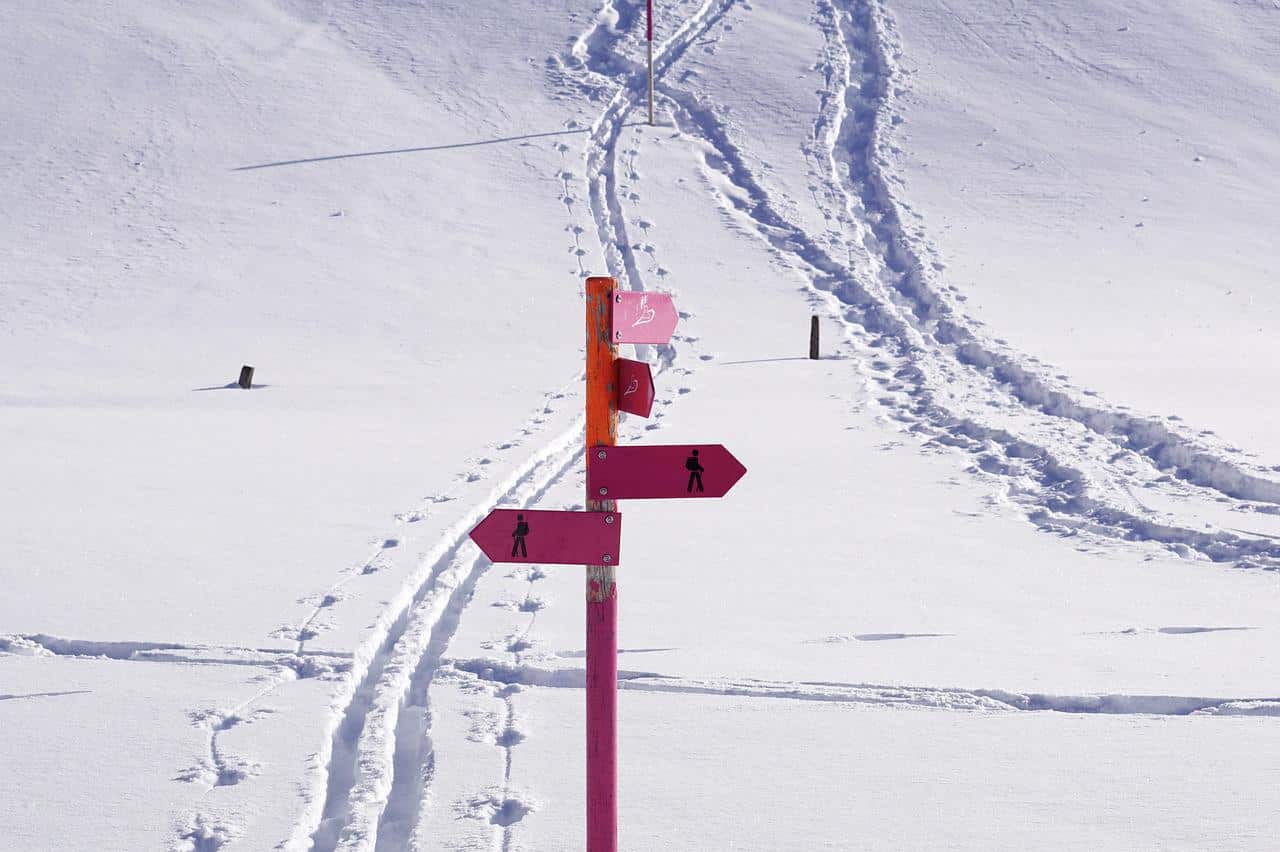Snowshoeing can be an exhilarating winter adventure, offering a unique opportunity to explore snow-covered landscapes and stay active even in the colder months. However, selecting the right gear, particularly the right boots, is crucial to ensuring a comfortable and enjoyable experience. So, what kind of boots should you wear snowshoeing? Let’s dive into the essential considerations to help you make the best choice.

Why Are the Right Boots So Important for Snowshoeing?
Before we get into the specifics, let’s address why choosing the right boots is critical when snowshoeing. First and foremost, snowshoeing is an activity that involves trekking through deep snow and uneven terrains, often at low temperatures. The ideal boots should provide:
– **Warmth**: Snowshoeing can take you through sub-zero temperatures, and inadequate insulation could lead to numb feet or even frostbite.
– **Support**: You’ll be walking longer distances on snowshoes, so proper ankle support and foot stability are crucial.
– **Waterproofing**: Wet feet can turn an adventure into a nightmare. Your boots need to keep moisture out while allowing your feet to breathe.
Features to Look for in Snowshoeing Boots
1. Insulation
When considering what kind of boots to wear snowshoeing, insulation is top of the list. Look for boots that are designed to withstand low temperatures. Many boots come with built-in Thinsulate or fleece lining, which offer warmth without adding too much bulk. Pay attention to the temperature ratings provided by manufacturers, and choose based on the expected weather conditions.
2. Waterproofing
Wet feet can quickly ruin your snowshoeing trip, so waterproof boots are a must. Look for boots with Gore-Tex lining or other waterproof membranes that keep snow and slush out while allowing sweat to evaporate. Additionally, boots with sealed seams provide an extra layer of protection against moisture.
3. Traction
Even though snowshoes themselves provide traction, your boots also need to have good grip. Look for outsoles made of durable, non-slip materials. Vibram soles are a popular choice for their excellent grip and durability.
4. Fit and Comfort
Comfort is key when it comes to snowshoeing. Your boots should fit snugly but not too tight, allowing for some wiggle room for your toes. It’s always a good idea to try your boots with the socks you plan to wear and walk around a bit to ensure they’re comfortable for long periods.
What Kind of Boots Should You Wear Snowshoeing: Types and Recommendations
1. Winter Hiking Boots
Winter hiking boots are a versatile choice for snowshoeing. They offer excellent insulation, waterproofing, and ankle support, making them ideal for a variety of winter activities. Brands like Salomon, Merrell, and The North Face offer high-quality winter hiking boots designed for harsh conditions.
2. Mountaineering Boots
If you plan on tackling more challenging terrains or extremely cold conditions, mountaineering boots could be a better option. These boots are built to withstand extreme weather and provide exceptional support and insulation. However, they are generally heavier and more rigid, which might not be ideal for all-day comfort. Brands like La Sportiva and Scarpa are top choices in this category.
3. Pac Boots
Pac boots, such as those from Sorel, offer a combination of rubber lower sections and insulated upper parts. These boots are excellent for extremely wet conditions and deep snow, offering both waterproofing and insulation. They are typically bulkier, so ensure they fit comfortably with your snowshoes.
4. Snow Boots
Snow boots are designed specifically for winter conditions and are generally lighter than mountaineering boots but offer similar levels of warmth and waterproofing. Brands like Columbia and Kamik offer snow boots that are great for less extreme conditions and casual snowshoeing.
Additional Tips for Snowshoe Boot Comfort
1. Socks
Wearing the right socks is just as important as the boots themselves. Look for moisture-wicking, insulated socks made from merino wool or synthetic materials. Avoid cotton socks, as they retain moisture and can make your feet cold and uncomfortable.
2. Gaiters
Gaiters are a great addition to your snowshoeing gear. They help keep snow, slush, and debris from entering your boots, adding an extra layer of waterproofing and warmth.
3. Boot Warmers
If you tend to get cold feet easily, consider boot warmers. These battery-operated devices can keep your feet toasty warm even in the coldest conditions.
Final Thoughts
So, what kind of boots should you wear snowshoeing? The best boots for snowshoeing balance insulation, waterproofing, support, and comfort. Whether you opt for winter hiking boots, mountaineering boots, pac boots, or snow boots, make sure they are well-suited to the conditions you’ll be facing. Coupled with the right socks and perhaps gaiters, you’ll be well-prepared for a fantastic snowshoeing adventure. Happy trails!



